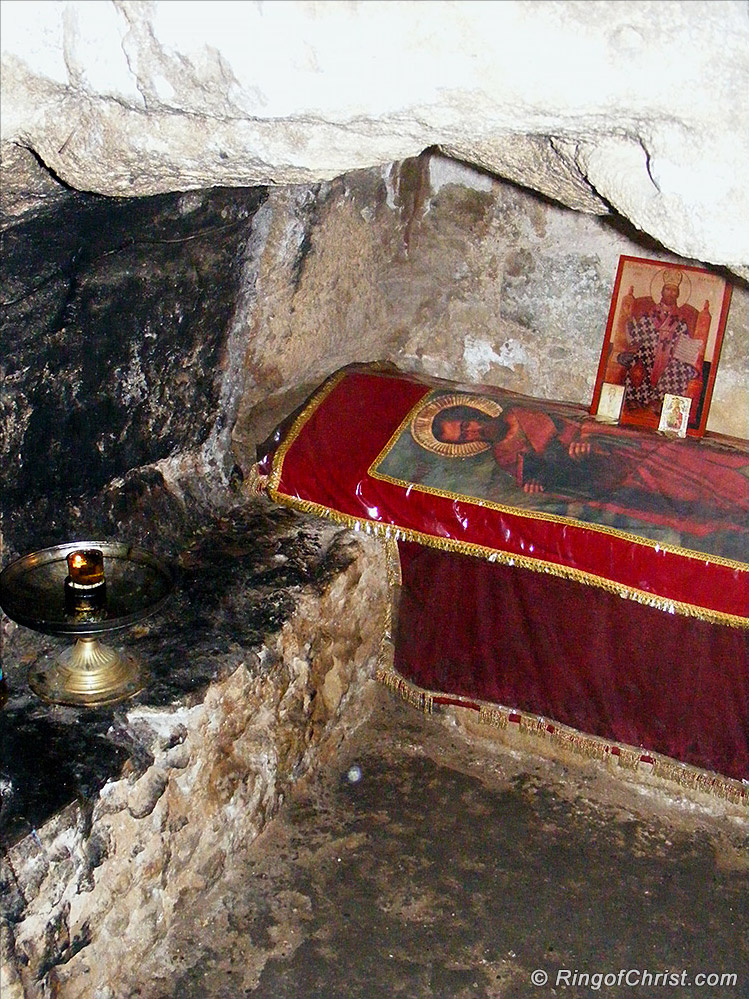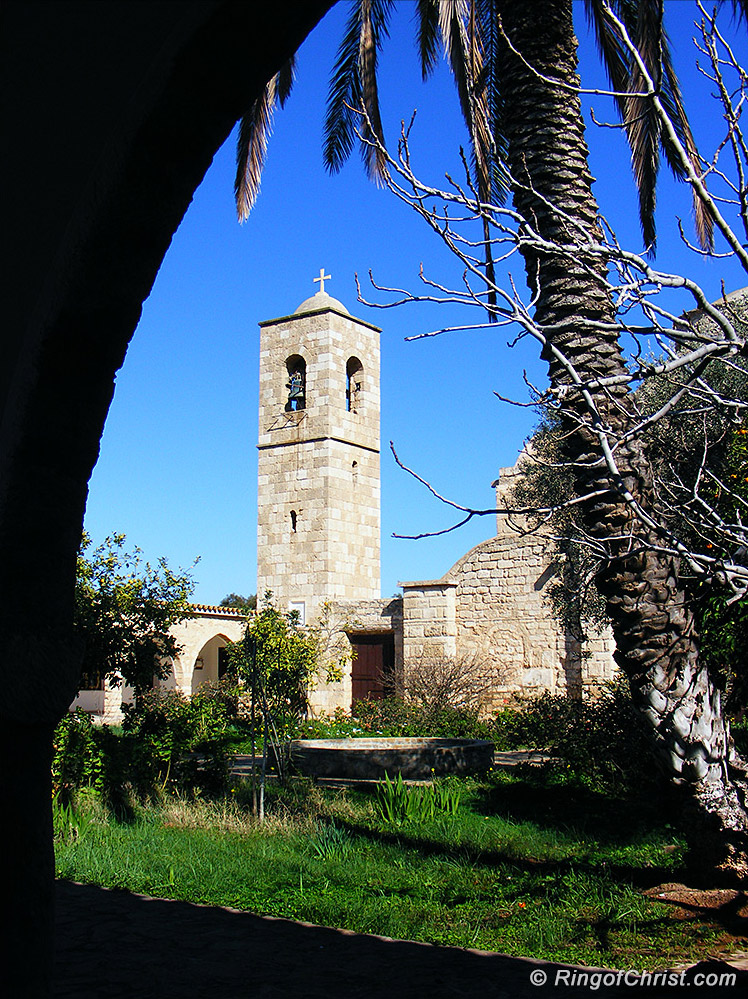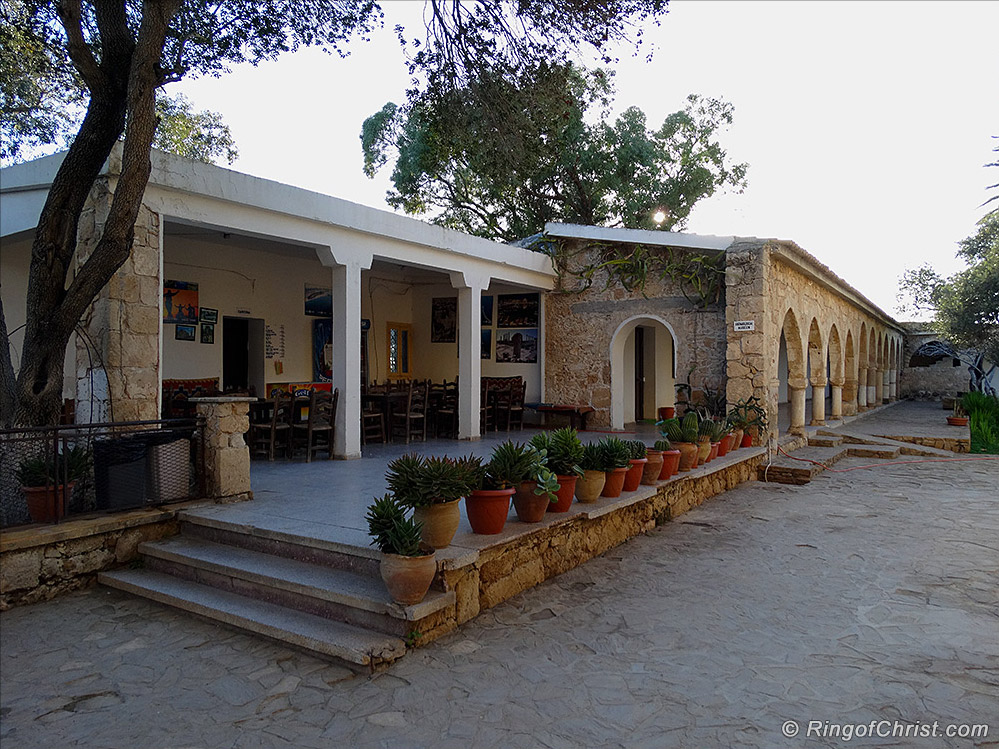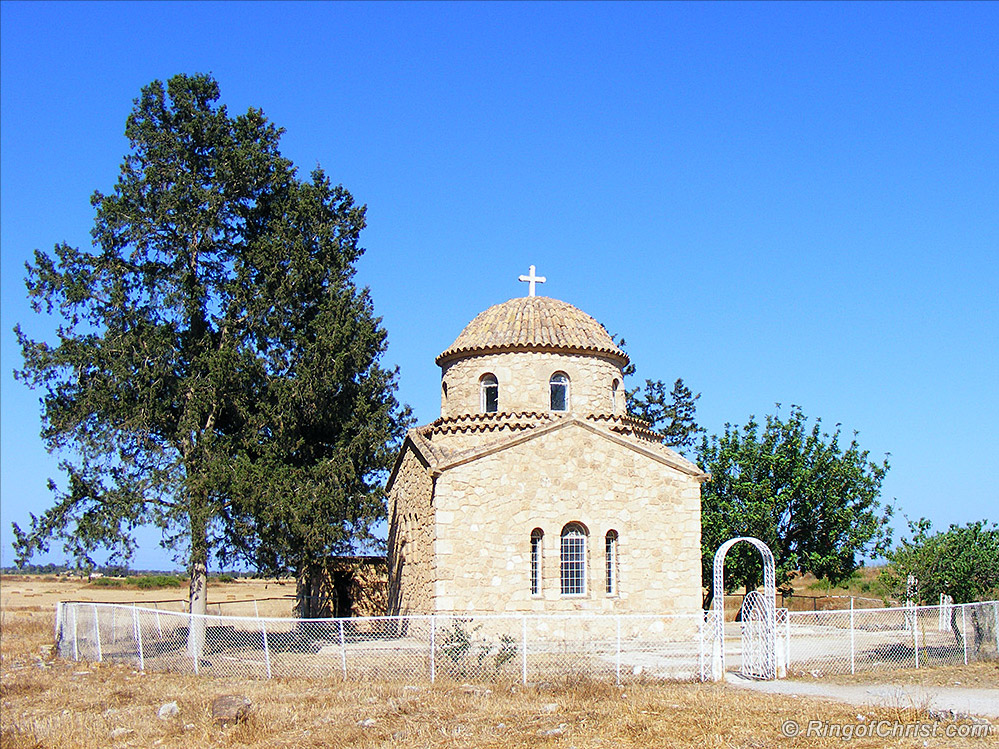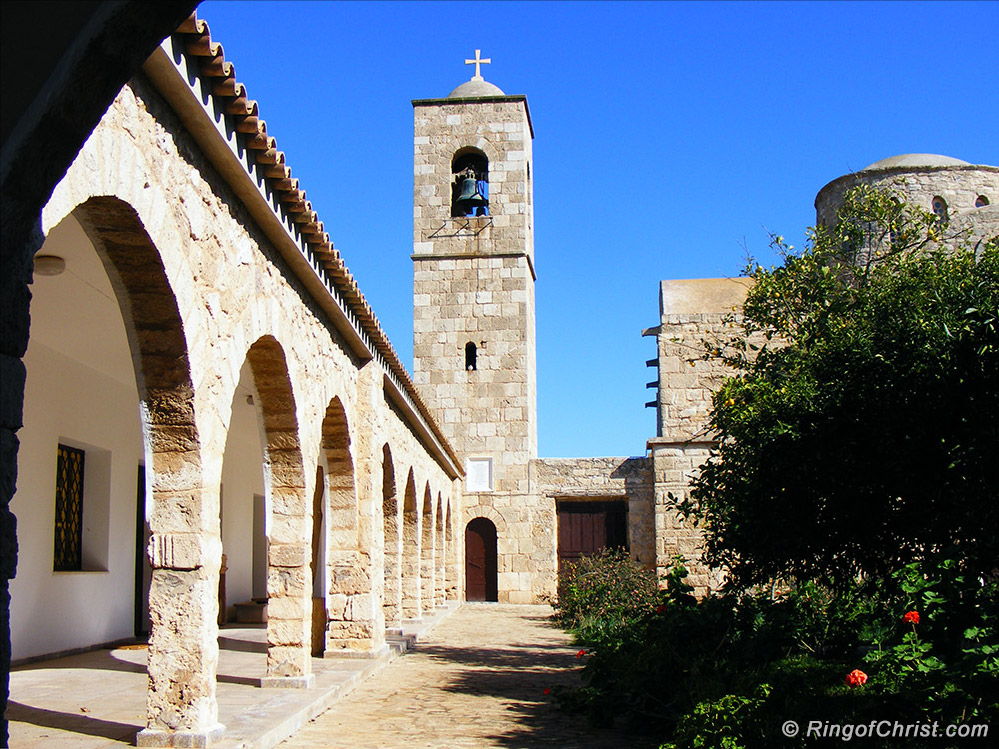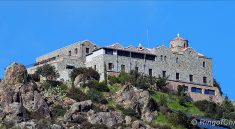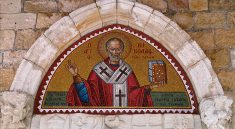The St. Barnabas Monastery that is on site today is from the 1750’s. It has an icon museum in the church and an archaeological museum displaying artefacts from the city kingdom of Engomi in the dormitory area which opens onto the courtyard.
The tomb of St. Barnabas is under a small Byzantine chapel outside of the monastery. Stairs led down to the catacomb which is part of the expansive necropolis.
The icons are from various schools and periods and have a wide range of dates. Many were painted by the three priests who stayed caring for the monastery until 1976. The three were brothers who dedicated their lives to the service of God through the Orthodox Church, and stayed until old age and infirmity forced them to leave the monastery.
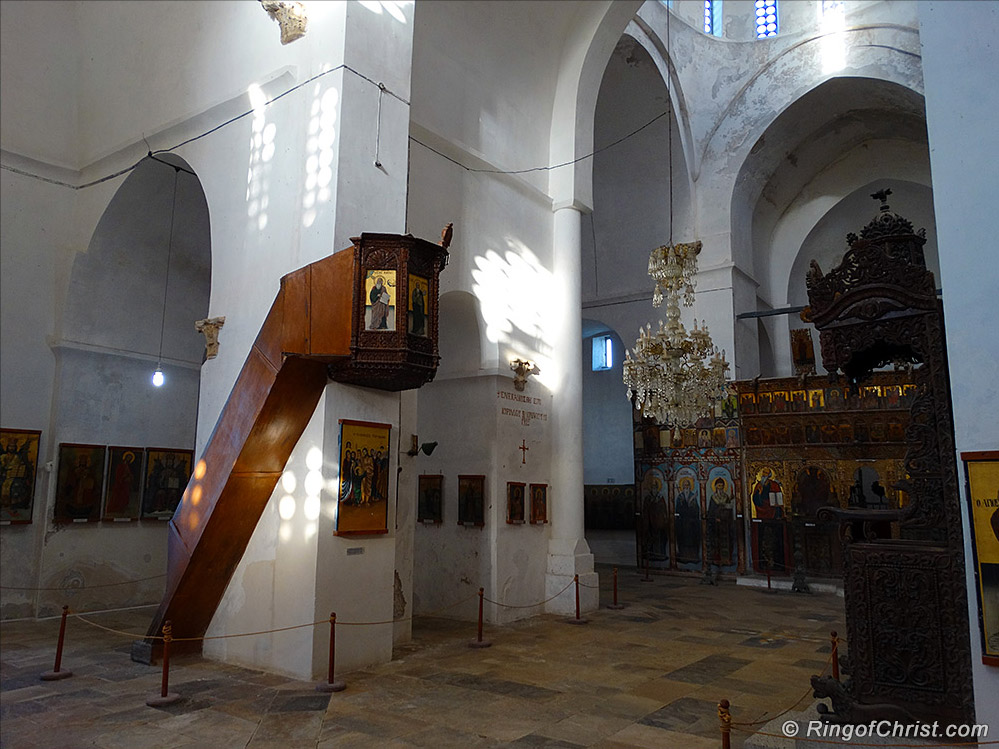
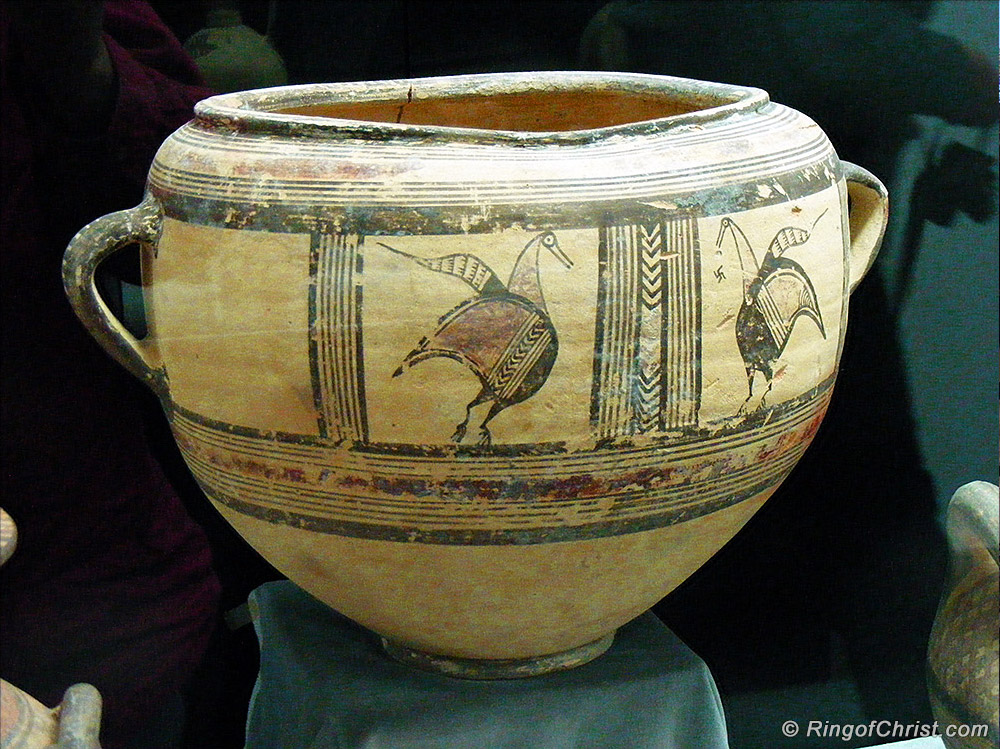
The monastery is located between two major archaeological sites on the eastern Mesoria Plains. The necropolis was used thousands of years ago from 1600BC to 1200BC by those of Enkomi. It was a prosperous community that exported copper. The archaeological museum houses the artifacts from this area and period of history.
Some of the relics of St. Barnabas were taken to Constantinople, but others are still housed in Cyprus. It is not known if any remain in his tomb.
